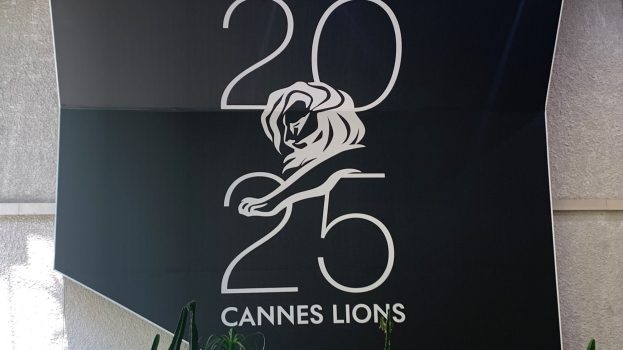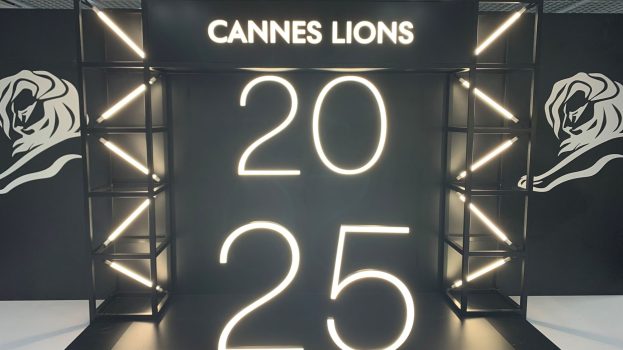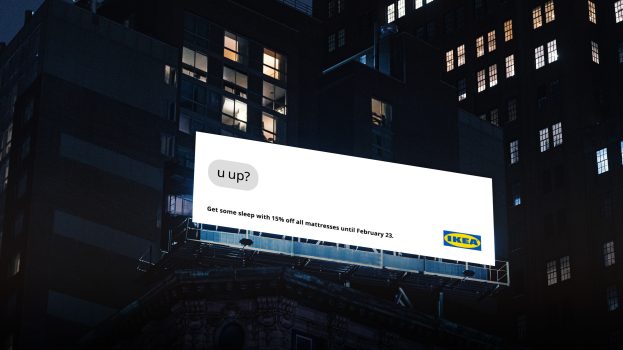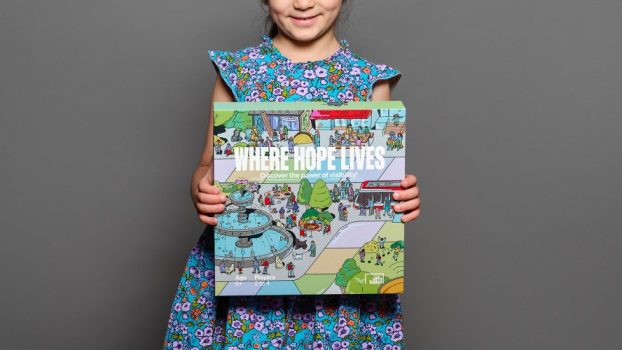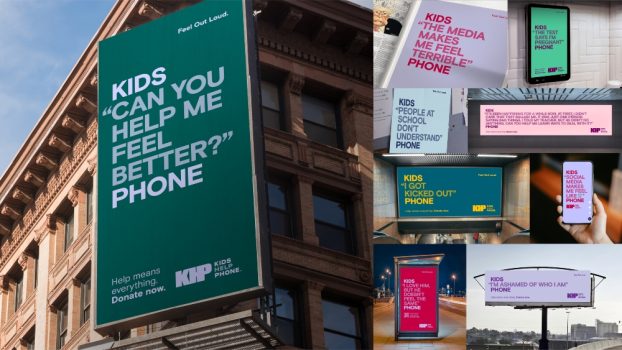Most recently, London, Eng.-based EMI has cut nearly 1,800 jobs and dropped 400 artists from its roster. Universal Music’s California-based MCA Records spent US$2.2-million promoting Irish teen singer, Carly Hennessy, but her debut album sold fewer than 500 copies, costing the music company some $4,400 for each one.
The Recording Industry Association of America (RIAA) estimates that people illegally download 3.6 billion songs each month. A study released in February by international research firm Ipsos-Reid revealed that fewer than one in 10 Americans over the age of 12 who have ever downloaded or streamed music off the Internet have actually paid for this material. Another Ipsos-Reid report published in December 2000 reported Canadian youth are the number one downloaders of free music in the world, with 66% of people aged 12 to 24 having downloaded at some stage. Meanwhile sales of blank CDs have surged, driven by the popularity of home computer CD burners.
Napster, the music swapping service which started the trend, was shut down last year after a court battle, but was quickly replaced by Morpheus, Kazaa and numerous alternative services.
Research by Envisional, a Cambridge, U.K.-based company that provides a monitoring service for music companies to detect piracy of music on the Internet, found Celine Dion to be the most frequently pirated Canadian artist. Alanis Morissette ranked second, closely followed by Nickleback and the Barenaked Ladies.
‘It is impossible to put a figure on it but there are tens of millions of people distributing and sharing music on the Internet, and thousands of sites that are distributing music,’ says Envisional COO Ben Coppin.
‘The music industry faces a potential death-knell and what it needs to do, and is now starting to do, is overhaul the way that it functions in order to save itself,’ he says.
In the last year, Canadian chain Sam the Record Man declared bankruptcy and Tower Records was forced to pull out of Canada. In order to try and crack down on the problem, the Ottawa-based Copyright Board Canada is considering attaching a heavy fee to MP3 devices and other computer hardware, which could potentially push up the price of an Apple iPod MP3 music player, for example, by $105. It would add 59 cents for each recordable or rewritable CD with 100 megabytes or more of storage capacity. If approved the new fees will come into force in January 2003.
But legal downloading alternatives are starting to become more accessible. The Pressplay subscription service, a joint venture of Sony and Vivendi Universal, is due to launch in Canada this month in partnership with the Sympatico Internet portal. It will allow users to listen to 1,000 songs a month for a small fee but the number of songs which can be burned onto a CD will be restricted. And upstart Moontaxi Media of Toronto will launch its own subscription service, initially offering just jazz and classical music. But will young people be persuaded when they can continue to download as frequently as they choose without paying a penny?
At this late stage in the game, how can the industry change the attitudes of young people and persuade them to start visiting record stores and paying for music again? And how can the problem of illegal downloading be solved, in order to stop the music industry from crumbling? Five industry experts share their views.
Andrew Turner, president
Bat Cave, youth marketing consultancy, Toronto
Andrew Turner recommends adding compelling data to mini-discs such as interviews and video footage, while lyrics and bios should be included with CDs. He also suggests a boutique label to attract fans of different types of music.
(Costa Mesa, Calif.-based action sports gear company, Hurley, had the same idea, and is creating its own record label. The bands and music signed to the label will represent today’s growing action sports culture.)
‘A number of new technology formats are coming out, allowing mini-discs to hold a lot more content. Record companies could add real value to their packaging to attract the hard-core fans. If they go to purchase a song, they’ll be getting not only the music, but interviews and video footage thrown into the mix. You’re giving the fans something they can’t pick up for free.
‘Companies like Universal and Sony could come out with a boutique label. When you’re talking to early adopters and influencers you can attract them with a label indicating modern rock, for example. They may not know the band but they’ll buy it anyway because they trust the boutique label.’
Andrew Pollock
VP of marketing at HMV Canada, Toronto
Andrew Pollock would like to see the introduction of a national music chart to generate excitement around the industry. He would also like to see an increased supply of singles in the market.
‘We have all come to a realization that people fall in love with a song rather than an album, and the supply of singles from the [record] labels has long been an issue in this country. If people don’t have commercial songs to buy in-store, they’ll burn them for themselves.
‘The other opportunity for us would be the existence of a central chart. That is something that has been very successful in the U.K. Everybody here knows what the grossing movie is but no one can name the best-selling album or single in the country. It is something that the music industry is working on, so hopefully we will soon have a compelling media vehicle to promote music in Canada. A chart builds natural excitement and as a result you sell singles.’
Despite the plummeting sales experienced by a number of competitors, Pollock says that business at HMV has been fairly flat for the last couple of years, a fact that he attributes to the explosive growth of the DVD market, together with a number of in-store incentives to promote consumer loyalty.
‘At HMV we run robust multi-buy campaigns such as three albums for $30, which are a great way of getting people interested and driving them deeper into the music catalogue. They come in looking for one album, and walk out with three.
‘We want people to listen to the music before they buy so we offer listening posts, and we’re currently looking at introducing a system whereby people can listen to up to 50,000 albums in a store. We had to scrap our return policy because of the ‘burn and return’ problem, but staff will open any album in the store for a customer to listen to before they buy.
‘We also have regular live performances in a number of our stores. You can’t download a live performance.’
Pascale LeBlanc, founder
Youthopia, youth marketing consultancy, Toronto
Pascale LeBlanc recommends a VIP loyalty card with special offers and incentives for members. She also suggests cross-promotions and an in-store bulletin board.
‘Record stores need to learn about their customers on a local, provincial and national scale, in order to reflect the current trends. They could carry out regular surveys on purchase habits, music tastes, wants and needs.
‘One idea is to create an in-store VIP loyalty card with rewards such as 10% off every new CD release, and a monthly draw to win your favourite artist’s music collection or tickets to a live performance. You could also invite members to exclusive in-store live music performances, and mail them promotional items about their favourite artists with a monthly reward plan for active members and incentives for new members. Samples of songs by new artists could also be e-mailed to VIP members.
‘Stores could focus on POP material to reflect the trends of young consumers. For example you could bundle different CDs and offer cross promotions with clothing, music equipment and sport industry players.
‘They can also provide information about CD releases, special promotions and tour schedules with an in-store bulletin board and online marketing.’
Max Valiquette, president
Youthography, youth marketing consultancy, Toronto
Max Valiquette believes that the industry should aim to make money out of the Internet age by setting up a Web site to introduce new artists, and to offer downloadable music with a simple credit card transaction. He also suggests an education program.
‘It’s excessively easy to download free stuff, but people in general would prefer not to steal if given the choice. The industry thinks that young people don’t want to spend money on music. But anyone who has a CD burner and a computer with a dedicated amount of space on the hard-drive has already spent thousands of dollars, not to mention the cost of blank CDs.
‘The average consumer doesn’t have a problem spending $10 to $20 a week on music, but they don’t want to spend that on a CD that they may not like. Right now they’re going online and getting 40 songs for free.
‘They need to give people what they want: music that downloads easily, quickly, and safely, that [they] can mix and put on to [their] CDs as [they] want, for a small fee.
‘The industry needs to run an education campaign, talking to young people about the rights of artists. I recommend they set up a Web site to link young people in Canada to new artists. There should be Websites with tracks from an artist and they should be asking the consumer to remix it, to generate an interest.’
Gregg Terrence, president
Indie Pool Canada, Toronto
Gregg Terrence of Indie Pool, which distributes independent artists’ CDs to local retailers across the country, advises Internet incentives, such as free single giveaways with the purchase of a CD.
‘What’s needed is a world-wide accepted Internet subscriber service. If there had been a subscriber service before Napster, [Napster] would have closed a lot earlier because [the songs] would have been available legally. If there was a service which someone could join by paying $10 or $20 a month, I’m sure they would.
‘Right now the label releases a CD song to the radio first to get people interested in buying the album.That kind of strategy towards the Internet could also work. You could offer a free single online with the purchase of an album.’

